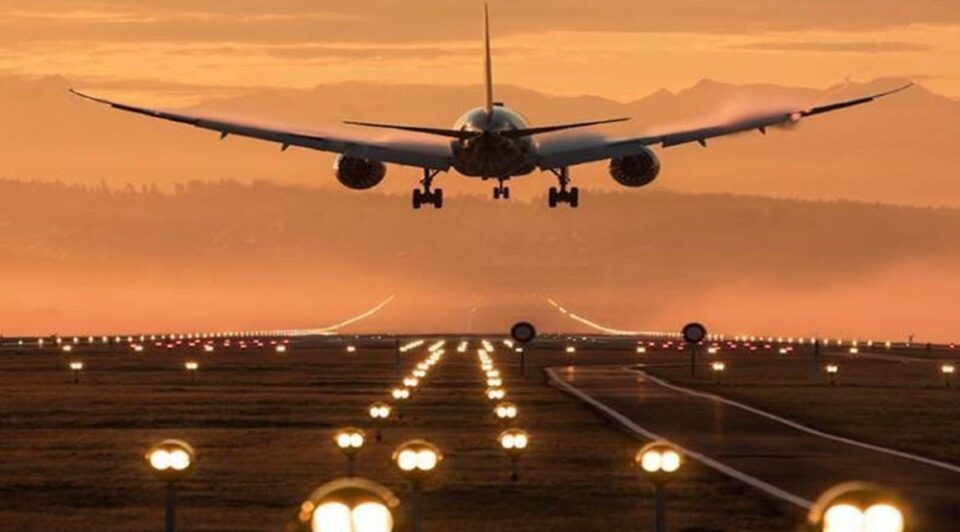The Indian aviation sector is the fastest growing aviation market in the world. Boeing forecast almost 7% growth over 20 years period, on an average- coming out of the pandemic.
The recovery period is quite fast and India will continue to sustain the growth in aviation driven by burgeoning middle-class travel. The country will be requiring over 2300 aircraft over the next 20 years to meet the sustained growth.
Union Civil Aviation Minister Jyotiraditya Scindia recently said, “In the last five years, we have grown from 2013-14 almost 6 crore passengers to almost 14.5 crore passengers. We forecast by 2027 India will have 40 crore passengers per year. That’s the kind of phenomenal growth and if that phenomenal growth has to be made possible it can only be made possible by a number of players coming into the sector“.
“We need wide-body aircraft in the country to become an international hub, that is why the ministry of civil aviation is working seriously on it and we have engaged with the professionals to make India an international hub in aviation,” Scindia said.
Growth in the aviation sector in terms of CAGR is 10 per cent annually, he added.
The first commercial flight for Akasa Air took place on the Mumbai–Ahmedabad route, marking the company’s debut in a highly competitive airline market. Akasa, founded by the late Rakesh Jhunjhunwala, is a low-cost airline that plans to compete head-on with established players like Indigo, SpiceJet and GoFirst using a fleet of 72 Boeing aircraft. The Ministry of Civil Aviation anticipates the new competition to create 100,000 new employment opportunities in two years.
Businesses were hit hard by the travel ban imposed during the coronavirus outbreak. FY21 was a particularly challenging period for the industry. Amid the pandemic, the financial loss to Indian carriers was approximately Rs 19,000 crore, while for Indian airports, it was around Rs 3,400 crore. Domestic air passenger traffic declined by 61.7 percent in 2021.
With the loosening of regulations, domestic air travel in India has seen a dramatic uptick, with over 57 million passengers being transported by airlines in the first half of this year. The Airports Authority of India, the implementing agency, has awarded 948 routes under the Regional Connectivity Scheme – UDAN, from which 405 routes involving 65 airports have been operationalised as of March this year. With more routes and airports opening up, the airline industry is set to witness robust growth.
Alarmed by the weak financial state of Indian airlines, the civil aviation ministry is pushing to enhance the credit limit to them under the government’s Emergency Credit Line Guarantee Scheme (ECLGS), according to a report published by The Economic Times. Civil aviation secretary Rajiv Bansal in the recent past wrote to the finance ministry, asking that under the scheme, airlines be allowed to avail of additional debt of up to 100% of their outstanding credit, subject to a cap of INR 1,500 crore. The ECLGS scheme, announced in 2020, has been designed to provide collateral-free, government-guaranteed loans to mitigate the financial distress caused by Covid on businesses.
The aviation industry has been demanding that aviation turbine fuel (ATF) be brought under the Goods and Services Tax (GST) regime for the last few years. ATF constitutes over 45% to the operational costs of carriers. A rationalization of taxes will result in high growth for the sector, creating a multiplier effect throughout the economy, promoting trade, tourism, and job creation.
The Ukraine-Russia war has made the aviation sector go through turbulent times and airlines across the globe are facing problems. The supply and demand of oil issues have increased manifold creating multiple snags in aircraft. The airlines in the country are hoping for oil prices to come down for a better future for the aviation industry.
Ajay Singh, Chairman of low-cost airline SpiceJet during the roundtable meeting of the CEOs of trade body Assocham that took place last month said, “Not only with SpiceJet, I think you can’t say all is well in all the airlines in the world today. We are ensuring that we become stronger with time. Hopefully, oil prices are coming down and as we have seen demand is picking up and new aircraft will join the SpiceJet fleet soon. We are on our way to a better future.”

